Big open-grown oak in the Sangamon River Forest Preserve. #thicktrunktuesday
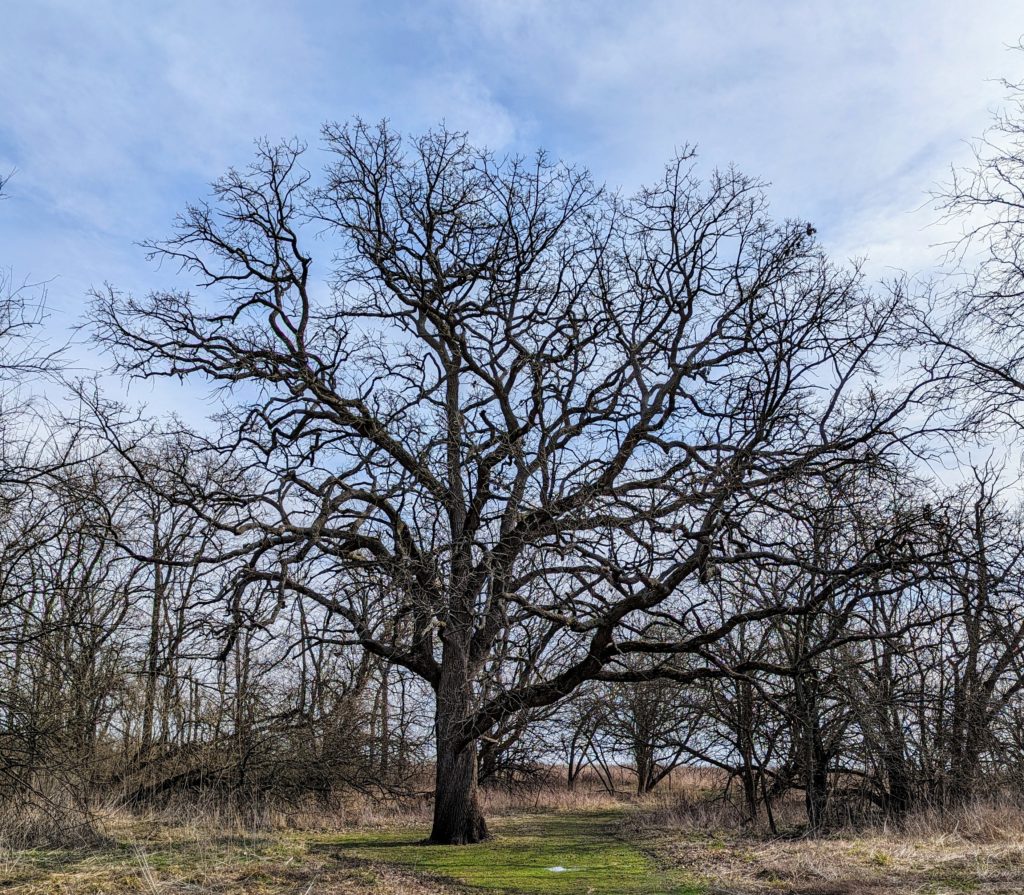

Big open-grown oak in the Sangamon River Forest Preserve. #thicktrunktuesday

I haven’t done a #FootpathFriday post, but I’m constantly taking pictures of the paths I hike (much to the annoyance of @stevendbrewer). #stx
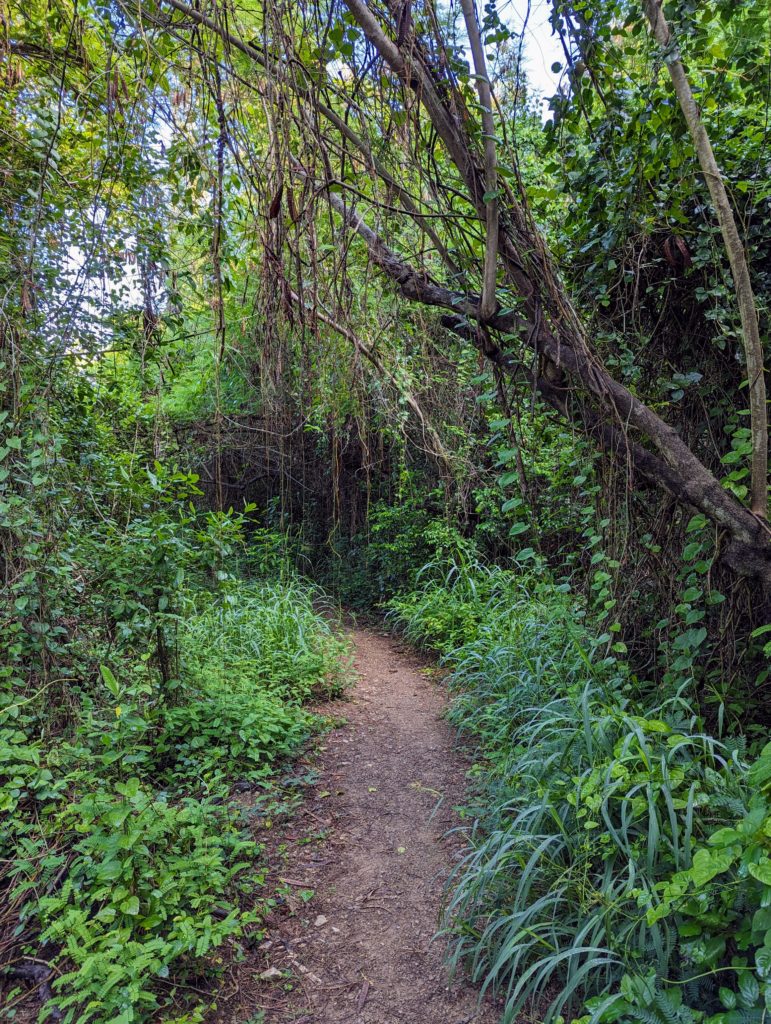
This visit we’re staying in the fancy cabins with decks overlooking the woods.
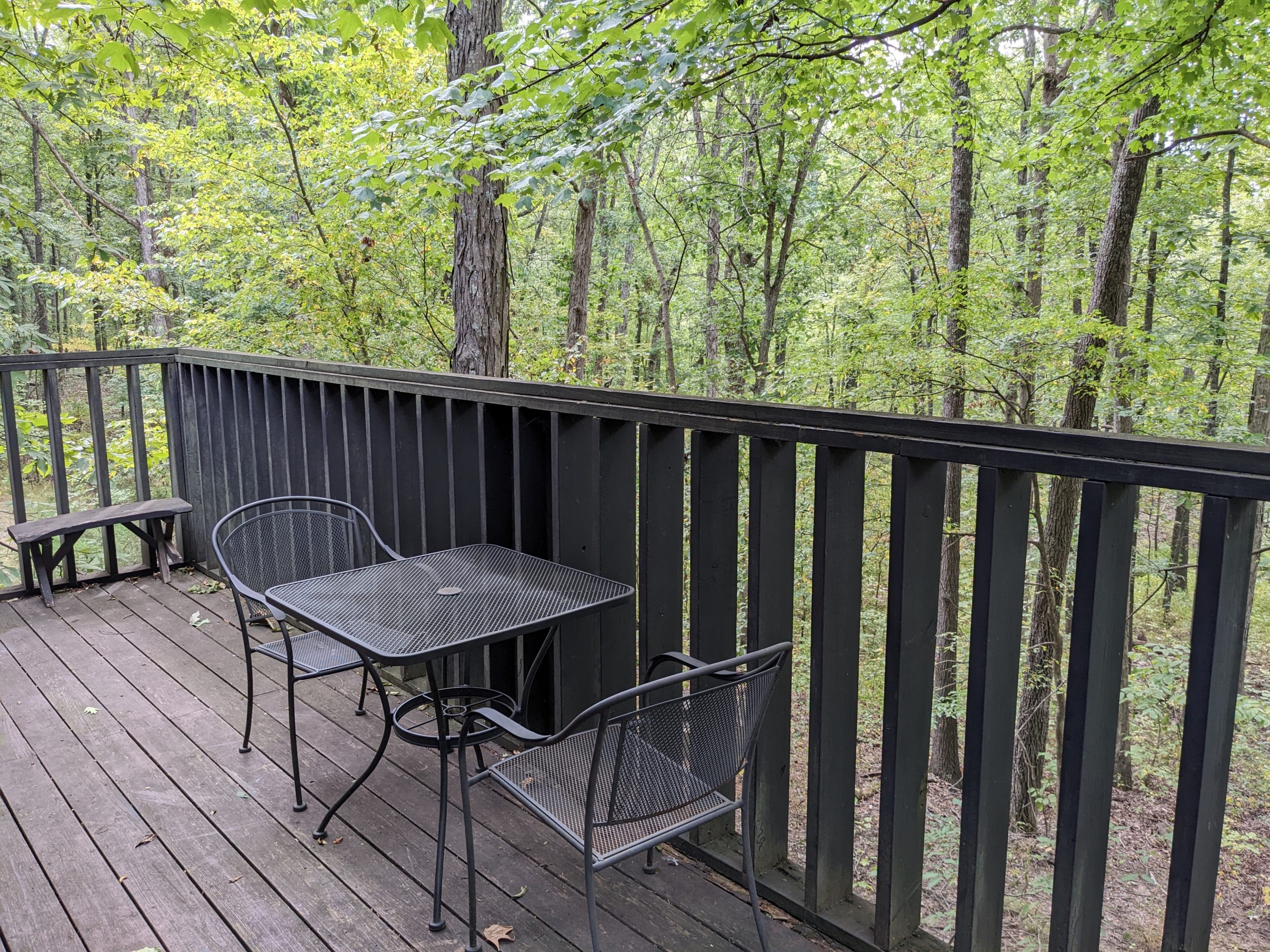
A little hiking in the woods gets me a very nice Oura ring activity score. #oura #ouraring
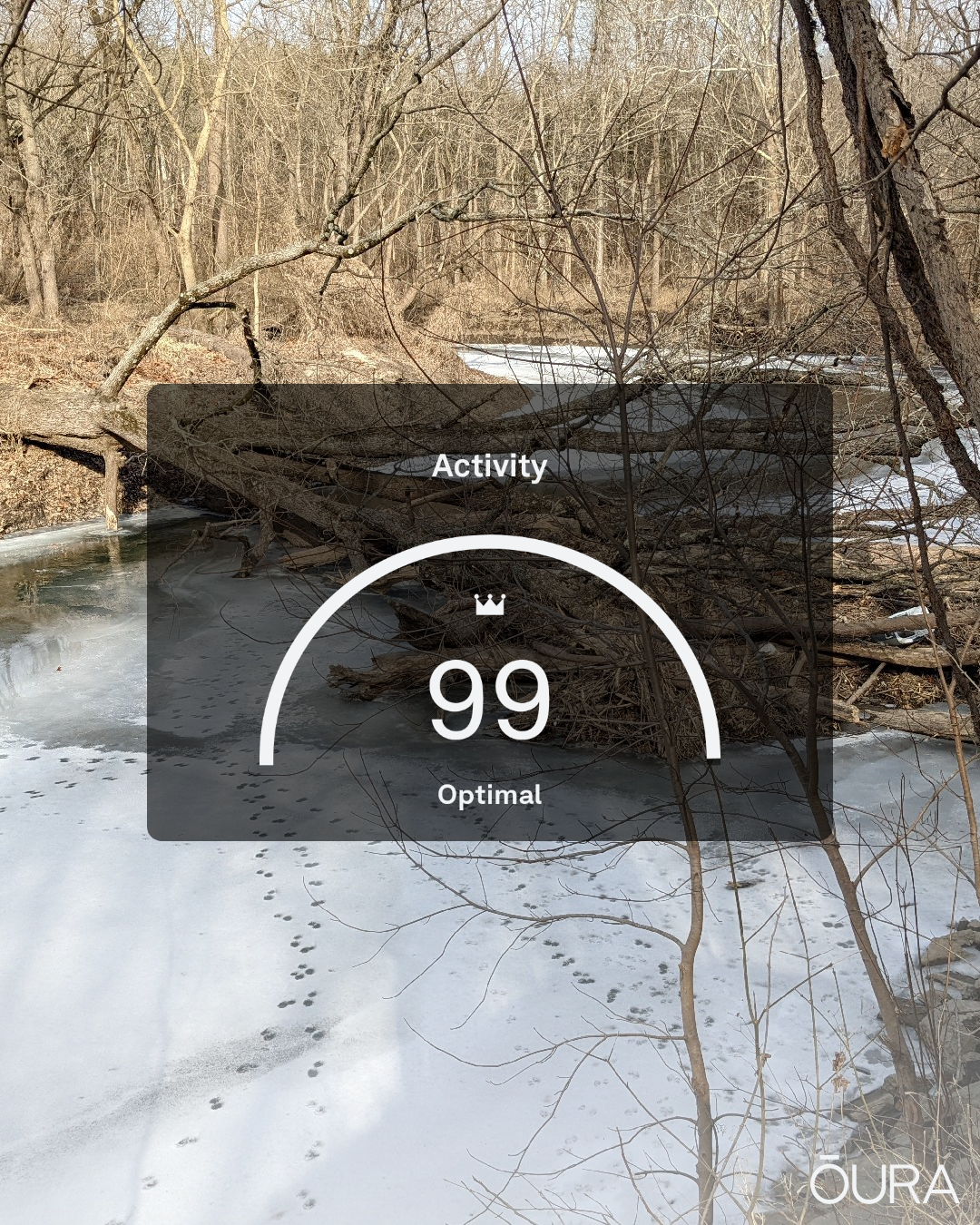
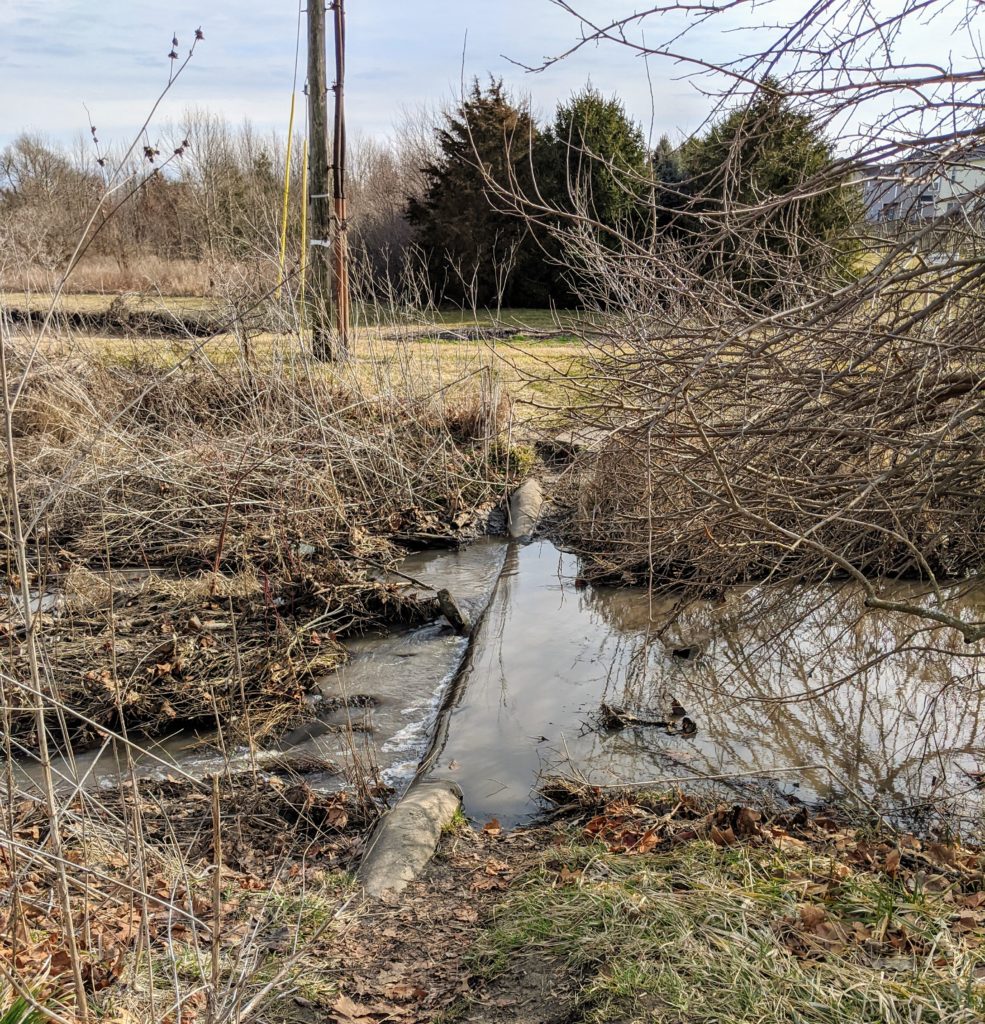
Water over the weir. I guess I’m not going to be crossing here. If I want to walk in the woods, I’ll have to go down and use the bridge. 📷
I make an effort to get out into nature as often as possible. With our little prairie and woods nearby, it’s possible almost every day. Larger natural areas—Forest Glen, Fox Ridge, Spitler Woods, etc.—are within easy driving distance.

With my focus having been on nature for a long time, I was interested to read this piece in The Guardian:
In recent years, stressed-out urbanites have been seeking refuge in green spaces, for which the proven positive impacts on physical and mental health are often cited in arguments for more inner-city parks and accessible woodlands. The benefits of “blue space” – the sea and coastline, but also rivers, lakes, canals, waterfalls, even fountains – are less well publicised, yet the science has been consistent for at least a decade: being by water is good for body and mind.
Source: Blue spaces: why time spent near water is the secret of happiness
We do have some water right here where we live. There’s the little creek that runs behind Winfield Village and a couple of little detention ponds, and they do have some wildlife. I often see turtles, snakes, groundhogs, and many sorts of birds. I’ve occasionally seen mink, coyotes, and bald eagles.
I do feel the lack of a beach. The closest is Indiana Dunes, but it’s nearly 3 hours away. I’ve done it as a day trip, but it makes for kind of a long day.

The article makes for a good reminder to be sure to include blue when you’re making sure you get out into the green.

Not so dark nor so deep, but it is lovely. Plus, it’s the woods we’ve got.
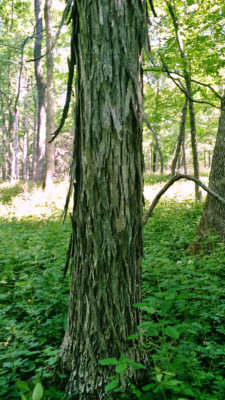
Jackie and I attended a tree identification workshop at Allerton Park yesterday.
Both my parents are naturalists, and my brother took some botany classes as part getting his PhD in science education, so they all know all the trees we’re likely to see in any of the places where we’ve ever lived. They routinely identify the trees for me when we’re walking. If I’d had any sense, I’d have learned all that stuff myself long ago.
Sadly, I have a lazy brain—the sort that figures that if other people will identify the trees for me, there’s no need for me to learn how to do it myself. So, I had to subject myself to this workshop to try and catch up.
It was a very well done workshop. We spent about half an hour going over basic terminology of tree characteristics—alternate versus opposite, simple versus compound, pinnate versus palmate, petioles versus petiolules—then we spent about three hours hiking through Allerton Park on the south side of the Sangamon River, before breaking for lunch. After lunch we spent another three hours hiking on the north side of the river, looking at the trees found over there.
We learned to identify maybe 30 species, with enough repetition of the more common species that we might actually be able to remember them.
It was good.
With all the time and effort I’ve been putting into fitness of late, I’ve been feeling just a little smug—I’m in so much better shape than I was nine or ten years ago. But this outing showed me that any such smugness is unjustified—everybody in our group of 20 or so, including some people older than Jackie and me, held up just fine to the rigors of five or six hours on our feet in the woods, some of it hiking off-trail. Jackie and I held up just fine too, but I was pretty tired at the end. (And managed to jam my ankle at some point, which wasn’t a problem during the event, but got sore in the night.)
It was a good reminder that endurance is a very complicated thing. Being in shape to walk briskly for 10 or 15 miles is not the same as being in shape to alternate walking and standing for the same number of hours. Adding effort in a mental dimension—trying to learn the trees, keeping an eye out for things like poison ivy, nettle, and tripping hazards—also makes things more taxing, something that’s easy to forget.
Now we need to get back to Allerton reasonably soon—before we forget everything—and see how many of those trees we can still identify.